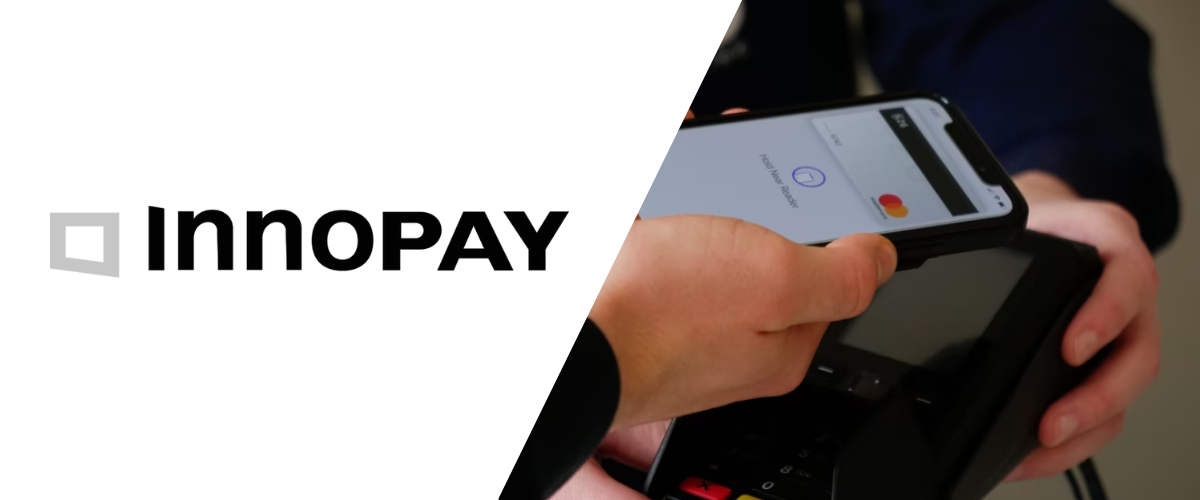Over the past three decades, the European Union has steadily improved its framework to fight money laundering and terrorist financing (AML/CFT). So far, the EU’s action has focused on the prevention, investigation and prosecution of these harmful practices. This article elaborates on the potential effects of the EU’s legislative proposals on industry players, and suggests that the EBA’s draft guidelines could serve as a first stepping stone to future legally binding measures.
In July 2021, the European Commission (EC) presented a package of legislative proposals constituting an ambitious set of measures to modernise the AML/CFT regime over the coming years. They are divided into six pillars (see Figure 1), of which three require legislative actions and the other three are already being implemented.
There are two key focal points for these legislative actions. The first is a proposal to turn parts of the existing AML Directive (AMLD) into a regulation which will therefore become directly applicable in the member states. The second is to implement EU-level supervision with an EU-wide AML authority, which will develop regulatory technical standards to improve harmonisation. The poster on the left summarises the key components of the legislative proposals and the surrounding context.
KEY CHANGES OF THE LEGISLATIVE PROPOSALS
Single EU rulebook introduces AML Regulation for sake of harmonisation
Pillar 2, establishing a single EU rulebook on AML/CFT, is reflected in legislative proposals 1, 2 and 3 (see Figure 2), also referred to as ‘the single EU rulebook’. The EU single rulebook on AML/CFT is changed by introducing an AML Regulation alongside the existing directive. This means there will now be a harmonised set of rules applying to all private parties in all EU member states, whereas the directive contains provisions (e.g., on national supervisors and FIUs) that subsequently need to be transposed into national law.
This change fits with the overall trend of harmonising rules to establish an EU digital single market and to minimise fragmentation that hinders ML/TF being tackled effectively. It is no surprise, therefore, that its content is aligned with the eIDAS Regulation and with the directive on combating money laundering through criminal law (implemented in June 2021).
Additionally, with legislative proposal 3 (see Figure 2) the Regulation on Transfer of Funds has been revised to include crypto assets and crypto-asset service providers (CASPs). This is in line with the activities covered in the proposed Regulation on Markets in Crypto Assets (MiCa).
_____
Read more here.


